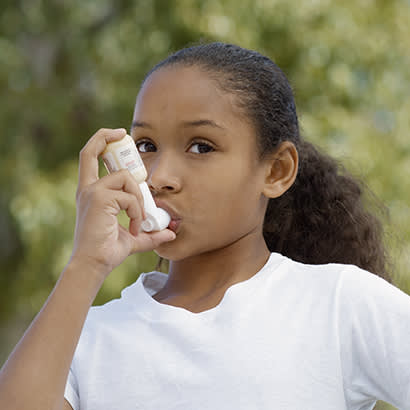
For an enhanced digital experience, read this story in the ezine.
Conservation is a key strategy for greater resiliency. As summer’s warmer temperatures lead to higher concentrations of ground-level ozone, exacerbating asthma and other health ailments, older adults and children are likely to be the most affected. The effects also are felt by those with chronic illness, people of color and people with lower income.
Using the following case study, let’s explore some resiliency strategies together:
It’s summer and temperatures are ranging in the 100s and we are on target to hit some all-time highs. This is the worst summer for these temperatures because coronavirus (COVID-19) is starting to ease and everyone wants to get outside and enjoy summer like we once did. As an outdoor professional who also lives in the neighborhood, you know all too well the allure to get back to normal. Yet, you also are keenly aware of the health risks that are brought on by this type of heat. You have done what you are able to do to address conservation strategies and build a greater resiliency in your community. However, there are decisions that might need to be made, and soon.
What steps would you take to limit the health risk to the community? What strategies can you implement to create greater resiliency? As you reflect on these questions, here are a few facts to consider on air pollution and vulnerable populations:
- Black children are four times as likely to die from asthma as white children.
- One in two Latinos in the United States live in counties that frequently violate air quality standards due to the combustion of fossil fuels.
- Hispanic children are twice as likely to die from asthma as compared to non-Hispanic whites.
- Hispanics are 60 percent more likely to visit a hospital due to asthma compared to non-Hispanic whites.
- African American women have the highest rate of asthma and more African American women have died from asthma than any other group.
- Black adults were three times as likely to die from asthma-related causes than whites.
- Children who grow up in more polluted areas face the increased risk of having underdeveloped lungs, which may never recover to their full capacity. The average drop in lung function was 20 percent below what was expected for a child’s age, similar to the impact of growing up in a home with parents who smoked.
Here are other things to consider:
- Making the decision: Identify those who have the authority to close a park, postpone a game or adjust hours based on the summer warming trends. Your department leadership or recreation center management team are likely the people to help make these decisions, but also consider inviting a volunteer advisory board to help. Community engagement is helpful — these community members are versed on the community and with basic training can provide the bridge between your department and the community at large.
- Volunteer/Partner engagement: Volunteer projects can be popular in the summer with corporate volunteers. If they generally work in a climate-controlled office, they might not realize the difference in temperature if the volunteer project starts at 8:30 a.m. rather than 2 p.m. I encourage you to share your local temperatures from a recent hour-to-hour forecast. Encourage participants to consider volunteering outside in the morning, share boxed lunches and release people after a half day. Consider projects that are meaningful for your park and community, while also being accessible to people with different abilities. While some volunteers mulch and pick up litter, others might assemble goody bags under the shade of the pavilion. Encourage participation in community science events that track rain, heat or other things that can be educational, fun and help to better understand how heat is distributed in your community.
- Communications: Consider the format and the mode in which communication is provided to the community. Relevant messaging informing the public on hazardous conditions, closings or limited access is imperative. Messaging could include emails, social media or text alerts. Consider using colorful flags for traditional green, yellow and red warnings that hang near the park amenity or entrance.
- Staffing and other scheduling adjustments: Consider adding lights to tennis courts and opening them after sunset or setting up hospitality tents at playgrounds or golf courses that provide a bit of shade. Also, consider providing water during the hottest hours of the day to patrons. If budget is a concern, develop relationships with elected officials or community partners who may be interested in sponsoring items, like water, popsicles or paper fans, as giveaways during sporting events.
As you consider the options listed above, keep in mind the following:
- Know the danger zone for your area. It can be impacted by temperature, air quality, cloud cover and other factors.
- Invest in a thermometer to check temperatures on artificial turf, playgrounds, tennis courts and golf courses.
- Educate staff, coaches and partners on the signs of heat stroke and share strategies for keeping everyone cool.
- Avoid idling trucks.
- Start the workday as early as possible to limit strenuous activity during the hottest part of the day.
- Keep water coolers on trucks and accessible during youth sports and camps.
- Test, repair and monitor access to water fountains.
- Post signs that warn the public about the dangers of heat stroke.
As temperatures continue to rise across the United States, we can help staff and park users beat the heat. Implementing one or more of these tips can help save a life.
Ayanna Williams, MSW, is Director of Community and Environmental Resilience at NRPA. Angela Hill, CPRP, is Administrator of Parks and Neighborhoods at Shelby County Government.

